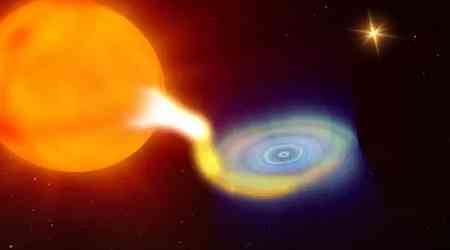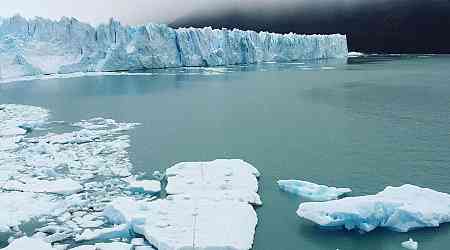Recent research is shedding new light on how rainfall affects the ocean's ability to absorb carbon dioxide (CO₂) from the atmosphere—a factor that scientists have often overlooked when assessing how well our oceans act as a "carbon sink." This latest study finds that rainfall can boost the ocean's CO₂ uptake by 5 percent to 7 percent, meaning an extra 140 to 190 million metric tons of CO₂ are absorbed by the ocean every year. The research, led by David Ho, an oceanographer from the University of Hawai'i at Manoa, builds on work he began almost 30 years ago. In those early days, Ho set up two children's pools to study how rain impacted CO₂ transfer between air and water. His recent work now provides the first global estimate of rainfall's influence on CO₂ levels at the ocean's surface.
Traditionally, scientists have focused on measuring CO₂ in deeper ocean samples, collected from 5 to 7 meters below the surface. These measurements miss the rain's direct impact on the surface layer, where gas exchange with the atmosphere occurs most intensively.
How Rain Boosts Ocean Carbon Absorption
The study identifies three main ways rainfall increases ocean CO₂ absorption: turbulence, dilution, and wet deposition. First, raindrops hitting the ocean surface create turbulence, which increases the interaction between seawater and the atmosphere. Secondly, rainwater dilutes salty ocean water, altering the CO₂ concentration gradient and helping more CO₂ move into the ocean. Lastly, rain can carry CO₂ from the atmosphere as it falls, a process called wet deposition, which directly deposits CO₂ into the ocean.
Laetitia Parc, who led this research as part of her doctoral studies at Sorbonne Université, stresses the importance of understanding this effect. Quantifying how rainfall impacts ocean carbon absorption can improve the accuracy of models that track carbon exchanges between the ocean and atmosphere.
Implications for Climate Models
The team developed a model to monitor how rainfall affects ocean salinity at the surface. They found that turbulence and dilution play major roles in tropical regions, where warm water absorbs more CO₂. Meanwhile, wet deposition is particularly significant in areas with heavy rainfall, such as storm tracks and the Southern Ocean.
Tatiana Ilyina, an Earth scientist at Universität Hamburg, notes that this study makes a valuable contribution to understanding the global carbon cycle. As climate change is expected to alter global rainfall patterns, the effect of rain on ocean carbon absorption may also shift, with important implications for climate models and predictions.
































